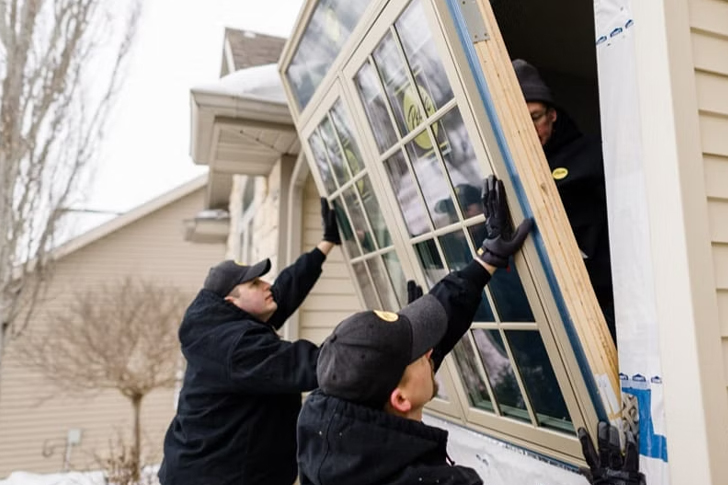How Seniors Can Reduce Costs on Window Replacements
Window replacement can be a significant expense, especially for seniors living on a fixed income. However, aging or broken windows can lead to higher energy costs, reduced security, and decreased home comfort. This guide aims to walk you through various methods and programs available to ensure window replacement is both affordable and efficient.

The Financial Impact of Window Replacement
Replacing windows in a home can vary widely in cost. On average, window replacement costs range from $200 to $1,800 per window, depending on factors like material, size, type, and features. For a full-home replacement, this might mean an investment of several thousand dollars. For seniors, maintaining temperature control and reducing energy bills (common issues with older windows) can be particularly crucial, making this a necessary but potentially burdensome expense.
Available Grants and Assistance Programs for Seniors
Thankfully, there are various assistance programs and grants available specifically for seniors:
1. Weatherization Assistance Program (WAP)
Funded by the Department of Energy, WAP helps low-income families, especially those with seniors, to improve energy efficiency. This program might cover the cost of new windows if they’re identified as a necessary improvement to reduce energy bills.
2. Area Agencies on Aging (AAA)
Local AAA offices can provide resources or referrals to programs that assist seniors with home renovations and repairs, including window replacements.
3. Community Development Block Grant (CDBG)
Administered by HUD, these grants are available to communities and can sometimes be used for home repair initiatives that benefit senior citizens.
4. Habitat for Humanity
Through their “A Brush with Kindness” program, Habitat for Humanity offers services for exterior home preservation, including window repairs or replacements, focusing on aiding low-income, elderly homeowners.
5. Medicaid’s Home and Community-Based Services
For seniors needing home modifications due to health issues, this Medicaid program might cover the cost under its benefits for healthcare-related home adjustments.
Tips for Cost-Effective Window Replacement
1. Evaluate Your Needs
Understand which windows really need replacement versus those that might just need a repair. Sometimes, issues can be resolved by replacing panes or adding weather stripping.
2. Choose the Right Materials
Vinyl windows are usually a less expensive option compared to wood or fiberglass and provide good energy efficiency.
3. Consider Partial Replacements
If frames are still in good condition, partial replacements (such as sash kits) can reduce the cost as compared to full-frame replacements.
4. Look for Discounts and Rebates
Many utility companies provide rebates for installing energy-efficient windows. Stores might also offer discounts during off-season months like fall and winter.
5. Compare Quotes
Obtain estimates from multiple contractors to ensure competitive pricing. Make sure the quotes include everything from materials to labor.
6. DIY Where Possible
For the handy, replacing windows as a DIY project can substantially reduce costs. Ensure you have the correct tools and follow manufacturer guidelines to maintain warranty coverage.
Long-Term Benefits of Investing in New Windows
While the upfront cost might seem high, investing in new windows can lead to significant savings. Energy-efficient windows can save up to $465 annually in utility bills compared to single-pane windows, according to the Energy Information Administration. Moreover, quality windows enhance home security, reduce noise pollution, and can significantly increase the resale value of the home.
Additionally, new windows reduce the need for frequent repairs and maintenance—another saving seniors can appreciate over time.
By combining financial assistance, making informed choices, and perhaps a bit of DIY, window replacement doesn’t have to be a financial burden for seniors. Instead, it can be an investment that improves the quality of life and the value of their home.







Recent Comments